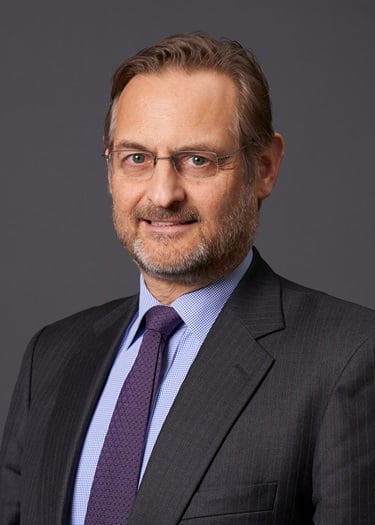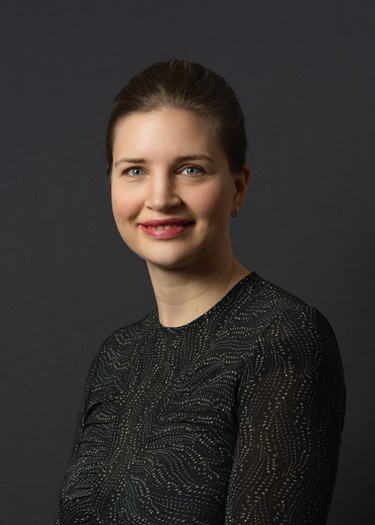Global Life Sciences: EU Update
Medical Device Coordination Group Issues Important Guidance on Applying Transitional Provisions in EU Medical Devices Regulation

The Medical Device Coordination Group (MDCG) recently issued important new guidance on the application of the transitional provisions in Regulation 2017/745 on medical devices (MDR) concerning the validity of certificates issued in accordance with Directive 90/385/EEC on active implantable medical devices (AIMD) and Directive 93/42/EEC on medical devices (MDD or the Guidance). The MDCG provides advice and assistance to the European Commission and EU member states in an effort to ensure a harmonized implementation of the MDR.
Transitional Rules Under the MDR and Further Clarifications
The MDR will become fully applicable on May 26, 2020, following a three-year transition period to allow manufacturers, notified bodies and EU member states’ competent authorities to comply with the significant changes imposed by the MDR. During this transition period, manufacturers have the option to place medical devices on the EU market under the currently applicable MDD and AIMD or to do so under the MDR. As from May 26, 2020, the MDR will apply in full, and any new device placed on the EU market after that date must comply with the MDR requirements.
To avoid market disruption and allow for a smooth transition from the AIMD and MDD to the MDR, several transitional provisions apply. Specifically:
- Certificates issued by notified bodies in accordance with the AIMD and MDD prior to May 25, 2017, will remain valid until the end of the period indicated on the certificate, except for certificates issued in accordance with Annex 4 to the AIMD or Annex IV to the MDD, which will become void at the latest on May 27, 2022.
- Certificates issued by notified bodies in accordance with the AIMD and MDD on or after May 25, 2017, will remain valid until the end of the period indicated on the certificate, which must not exceed five years from their issuance and at the latest May 27, 2024.
The MDR provides that devices with valid certificates issued in accordance with the AIMD or MDD may only be placed on the EU market or put into service after May 26, 2020, provided that the devices continue to comply with the AIMD or MDD and provided that there are no significant changes in the design and intended purpose.
Importantly, however, manufacturers and others placing medical devices on the EU market should be reminded that the MDR requirements relating to postmarket surveillance, market surveillance, vigilance, registration of economic operators and of devices will apply in place of the corresponding requirements in the AIMD and MDD. As a result, even companies that do not intend to place devices on the EU market under the MDR, or those that intend to take advantage of the transitional rules, must comply with these important new rules under the MDR as of May 26, 2020.
The notified body that issued certificates under the MDD and the AIMD will continue to be responsible for the appropriate surveillance activities with respect to all of the applicable requirements related to those devices it has certified, and it has the possibility to take any necessary measure in relation to those devices.
The Guidance reminds stakeholders that the contract between a manufacturer and the notified body that issued the certificate under the MDD or AIMD must include provisions allowing appropriate performance of such surveillance activities (see Competent Authorities for Medical Devices’ Transition Sub Group, FAQ on MDR transitional provision, question 17).
The Guidance sets out that for manufacturers to benefit from the transitional provisions of the MDR, EU member states’ authorities responsible for notified bodies must continue to monitor the notified bodies’ activities, as appropriate and necessary. The Guidance refers to Articles 120(3) and 122(1) as the necessary legal basis for EU member states to establish the necessary legal empowerments by means of national law. The requirement set out in the Guidance is in line with Commission Implementing Regulation 920/2013, which called on national competent authorities to set up their surveillance and monitoring activities in relation to notified bodies. Thus, notified bodies only accredited under the MDR (and the medical device companies certified by those notified bodies) should not expect less scrutiny from their designating authority during the transitional period.
While the focus is explicitly on the transitional rules contained in MDR, the Guidance clarifies that the document can be applied (by analogy) to the rules on in vitro diagnostic medical devices (set out in Regulation 2017/46 on in vitro diagnostic medical devices and applicable as from May 26, 2022).
Future of NANDO
The Guidance also notes that any notified body designations published in the database of notified bodies (NANDO) will be void as from the date of application of the MDR on May 26, 2020. As a result, NANDO will then only be used in relation to the AIMD and MDD for information purposes. For example NANDO will list the notified bodies that have been designated under the AIMD and MDD mentioning that those notified bodies are not able to issue new certificates but are allowed only to carry out surveillance activities for the devices they have certified.
The Guidance is a reminder to companies that the MDR will become fully applicable soon and that only limited transitional arrangements will apply. As a minimum, medical device companies should ensure that their postmarket surveillance and vigilance policies and systems comply with the new MDR requirements as from May 26, 2020. Moreover, those companies should consider reviewing their contracts with notified bodies that issued the MDD/AIMD certificates to ensure that the notified body continues to be responsible for the appropriate surveillance of all the applicable requirements relating to the devices it has certified.
Attorney Advertising—Sidley Austin LLP is a global law firm. Our addresses and contact information can be found at www.sidley.com/en/locations/offices.
Sidley provides this information as a service to clients and other friends for educational purposes only. It should not be construed or relied on as legal advice or to create a lawyer-client relationship. Readers should not act upon this information without seeking advice from professional advisers. Sidley and Sidley Austin refer to Sidley Austin LLP and affiliated partnerships as explained at www.sidley.com/disclaimer.
© Sidley Austin LLP
Contacts
Capabilities
Suggested News & Insights
- Stay Up To DateSubscribe to Sidley Publications
- Follow Sidley on Social MediaSocial Media Directory

